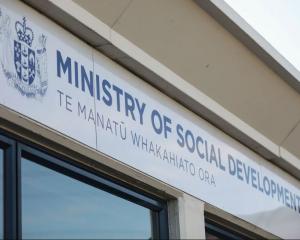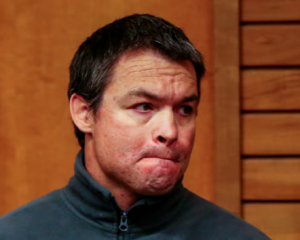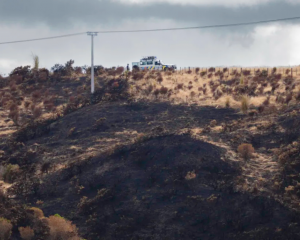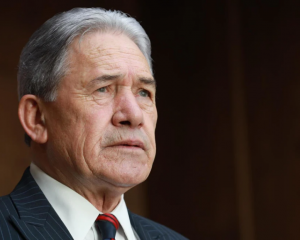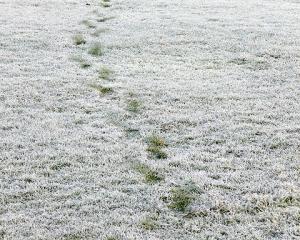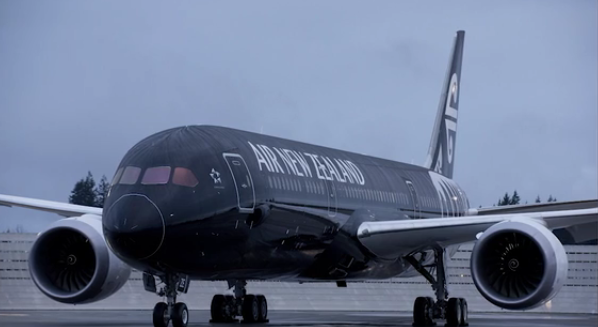
About 6500 Air New Zealand passengers will have flights rescheduled or cancelled as the airline does more checks on Dreamliner engines.
Air New Zealand said it was doing all it can to minimise the impact of the unforeseen checks and working to secure lease aircraft to help with additional capacity.
When the airline was hit by Rolls-Royce engine problems before Christmas, charter operator Hi Fly was used to fly across the Tasman and it was possible the Portuguese airline might be back.
''Like many other affected operators, we are investigating a range of options to minimise customer impact, including engaging Hi Fly again for a few weeks,'' an Air New Zealand spokeswoman said.
While service from Hi Fly crew was commended, facilities on board its older aircraft did spark some complaints.
Air New Zealand said it would release details of flights that could be disrupted on its website.
Flight Centre said the airline flew its Dreamliners on most of its long hauldestinations but this can change with scheduling depending on where planes are required.
In addition to long haul destinations, the airline uses Dreamliners for Perth, Sydney and Honolulu flights.
''Our advice is for any customers with questions to contact their store or travel expert as soon as possible to get the latest advice on their individual itineraries.''
Air New Zealand has been caught in the global alert over some Rolls-Royce engines used on Dreamliner aircraft. They required checks more often and have had the distance they could fly from airports restricted by the Federal Aviation Administration.
"Although the requirement for engine checks is outside of our control we are doing all we can to reduce any impact, by making changes to our schedule to allow us to keep cancellations to a minimum," the airline said.
The FAA order restricted the planes fitted with some potentially faulty Rolls-Royce engines from operating more than 140 minutes from a diversionary airport, down from 330 minutes.
Air New Zealand had already been doing more frequent checks on the ''package C'' engines at the centre of the FAA directive after an alert from the European regulators.
Air New Zealand yesterday said 16 of its fleet of 27 long-haul aircraft were not Dreamliners, and would not be affected by the order and fly as normal.
One of its 11 Dreamliners was fitted with newer Rolls-Royce Trent 1000 TEN engines which was not affected by the order.
''By utilising our fleet flexibly we expect to continue to operate to all international destinations, although some routes will have aircraft and/or departure time changes. We apologise in advance to customers who may be inconvenienced during this time,'' a spokeswoman said.
The European Aviation Safety Agency last week ordered additional maintenance checks on Trent 1000 "package C" engines - of which Air New Zealand has nine - after it was found that durability issues afflicting blades were worse than first thought.
New Zealand's Civil Aviation Authority said it was working closely with the overseas regulators.
''We're confident that the action taken is appropriate to mitigate the issue and ensure the continued safety of B787 flights,'' said Mark Hughes, deputy director, air transport and air worthiness for CAA.
''We've assessed Air New Zealand's response to these matters and are satisfied that the required safety actions have been effectively implemented. We're also working closely with Air New Zealand to facilitate operational and fleet changes designed to reduce passenger disruption.''
About 350 engines on about a quarter of the global Dreamliner fleet are affected.
The FAA directive said that Boeing had reported that airflow conditions existing in the engine during operation at high thrust settings under certain temperature and altitude conditions ''excite resonant frequency'' in the intermediate pressure compressor stage 2 blades.
The resulting blade vibration could result in cumulative fatigue damage that could cause blade failure and consequent engine shutdown.
In the event of a single engine in-flight shutdown during the cruise phase of flight, flight crew normally increase power to maximum continuous thrust on the remaining engine, the directive said.
During a diversion following a single engine shutdown under an ETOPS (Extended-range Twin-engine Operational Performance Standards) flight, the remaining engine might operate at maximum thrust for a prolonged period, exposing the stage 2 blades to the resonant frequency condition.
''Therefore, an ETOPS diversion will put the remaining engine at an operating condition that would significantly increase the likelihood of failure of the remaining engine. In addition, if the remaining engine already had cracked IPC stage 2 blades, the likelihood of the remaining engine failing will further increase before a diversion can be safely completed,'' the FAA said.
ETOPS rules permit twin engine aircraft to fly routes which, at some point, are more than 60 minutes flying time away from the nearest airport if they have to divert.
An Air New Zealand spokeswoman said the airline was continuing to work extremely closely with Rolls-Royce on this issue.
''Compensation discussions are naturally commercially sensitive.''
In an announcement to the NZX on Tuesday, Air New Zealand said it did not expect the Trent 1000 engine issue to materially impact its full-year earnings and previous guidance remains unchanged.
Air New Zealand experienced turbine blade problems in planes on successive days last December which helped focus global attention on the Rolls-Royce problem.
This led to accelerated repairs in Singapore for the engines and disruption to tens of thousands of passengers.


